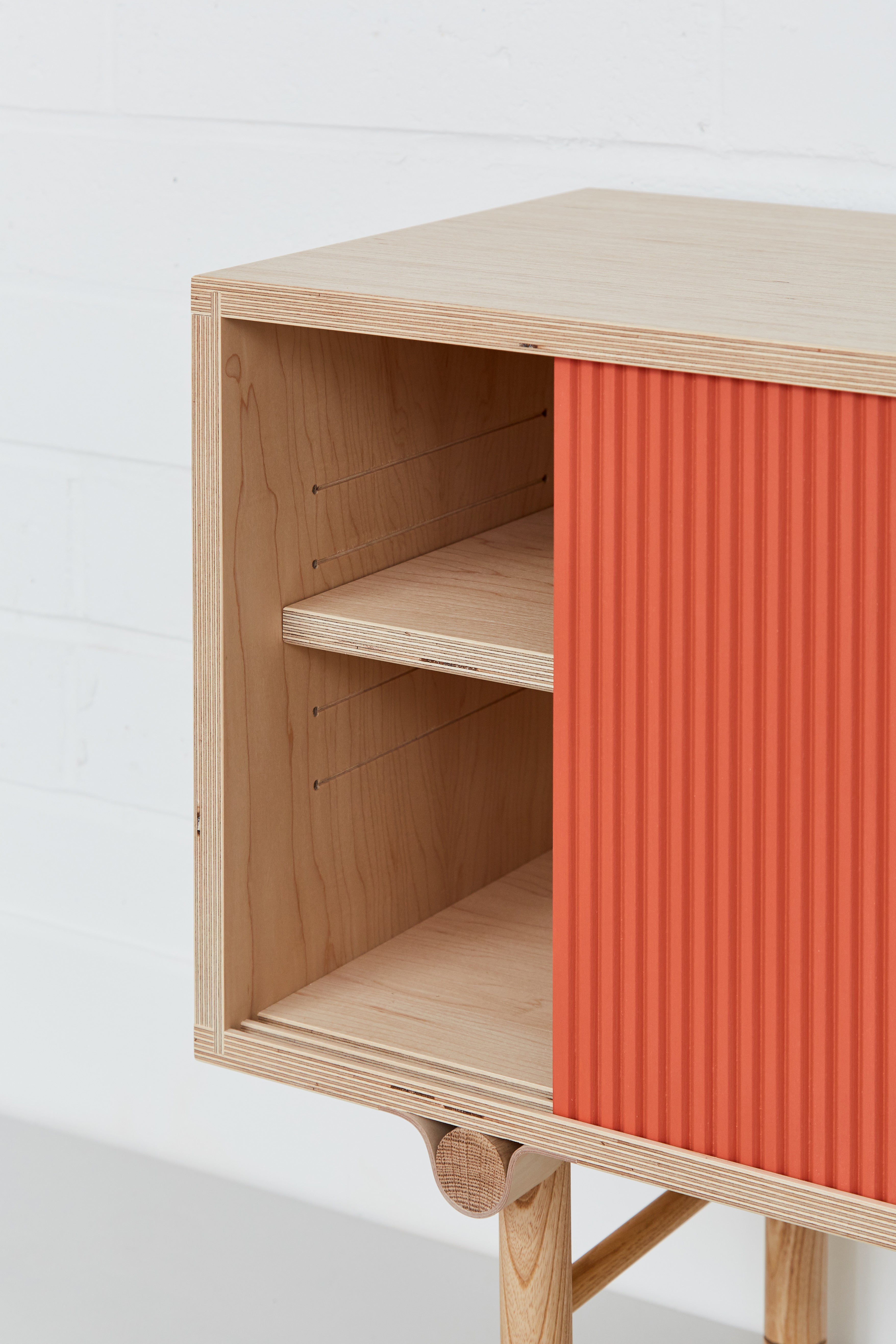Specifying wood veneer for a project involves several considerations to ensure you choose the right veneer type that meets your aesthetic, functional, and budgetary requirements. Here are some important factors to consider:
-
Species of Wood:
- The type of wood species determines the veneer's colour, grain pattern, and overall appearance. Common options include oak, walnut, maple, cherry, mahogany, and more exotic species.
-
Grain Pattern:
- Wood veneer can have different grain patterns, such as straight grain, curly grain, or burl grain. The choice of grain pattern can significantly impact the project's overall look.
-
Colour and Finish:
- Consider the colour and finish of the veneer. Some veneers are naturally light or dark, while others may be stained or finished to achieve a specific colour and sheen level.
-
Matching and Sequencing:
- If your project requires multiple veneer sheets, ensure that they are from the same batch and are well-matched in terms of colour and grain pattern to maintain a consistent appearance.
-
Cut and Veneer Type:
- Wood veneers come in various cuts, such as plain-sliced, quarter-sliced, rotary-cut, and rift-cut. Each cut offers a distinct grain pattern. The choice depends on your design preference.
-
Veneer Thickness:
- Veneer thickness can vary, typically ranging from 0.5mm to 2mm. The thickness you choose should align with the intended application and substrate.
-
Backing Material:
- Veneer sheets may have different backing materials, such as paper, fleece, or wood. The choice of backing can impact the veneer's flexibility and ease of installation.
-
Application:
- Consider where and how the veneer will be applied. Will it be used for furniture, cabinetry, wall panelling, or another application? Different applications may have specific requirements.
-
Budget:
- Veneer costs can vary widely depending on the species, cut, quality, and finish. Determine your budget constraints and find options that fit within them.
-
Environmental Considerations:
- If sustainability is a concern, research the source of the wood veneer and whether it comes from responsibly managed forests or has relevant certifications like FSC (Forest Stewardship Council).
-
Maintenance and Durability:
- Assess the durability and maintenance requirements of the chosen veneer. Some woods are more resistant to wear and damage than others.
-
Local Availability:
- Check whether your desired wood veneer is readily available in your region to avoid delays and additional costs associated with importing.
-
Consult with Experts:
- If you're unsure about your choices, consider consulting with architects, interior designers, or woodworking professionals who have experience with wood veneers.
-
Samples and Mock-ups:
- Before making a final decision, request samples or create mock-ups to visualize how the veneer will look in your project's specific environment.
By carefully considering these factors, you can select the right wood veneer that complements your project's design and meets your expectations in terms of aesthetics, functionality, and sustainability.





Leave a comment
All comments are moderated before being published.
This site is protected by reCAPTCHA and the Google Privacy Policy and Terms of Service apply.